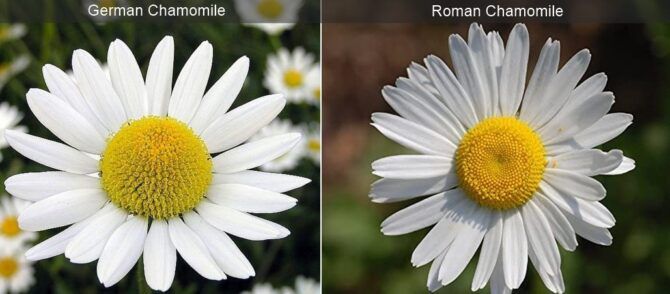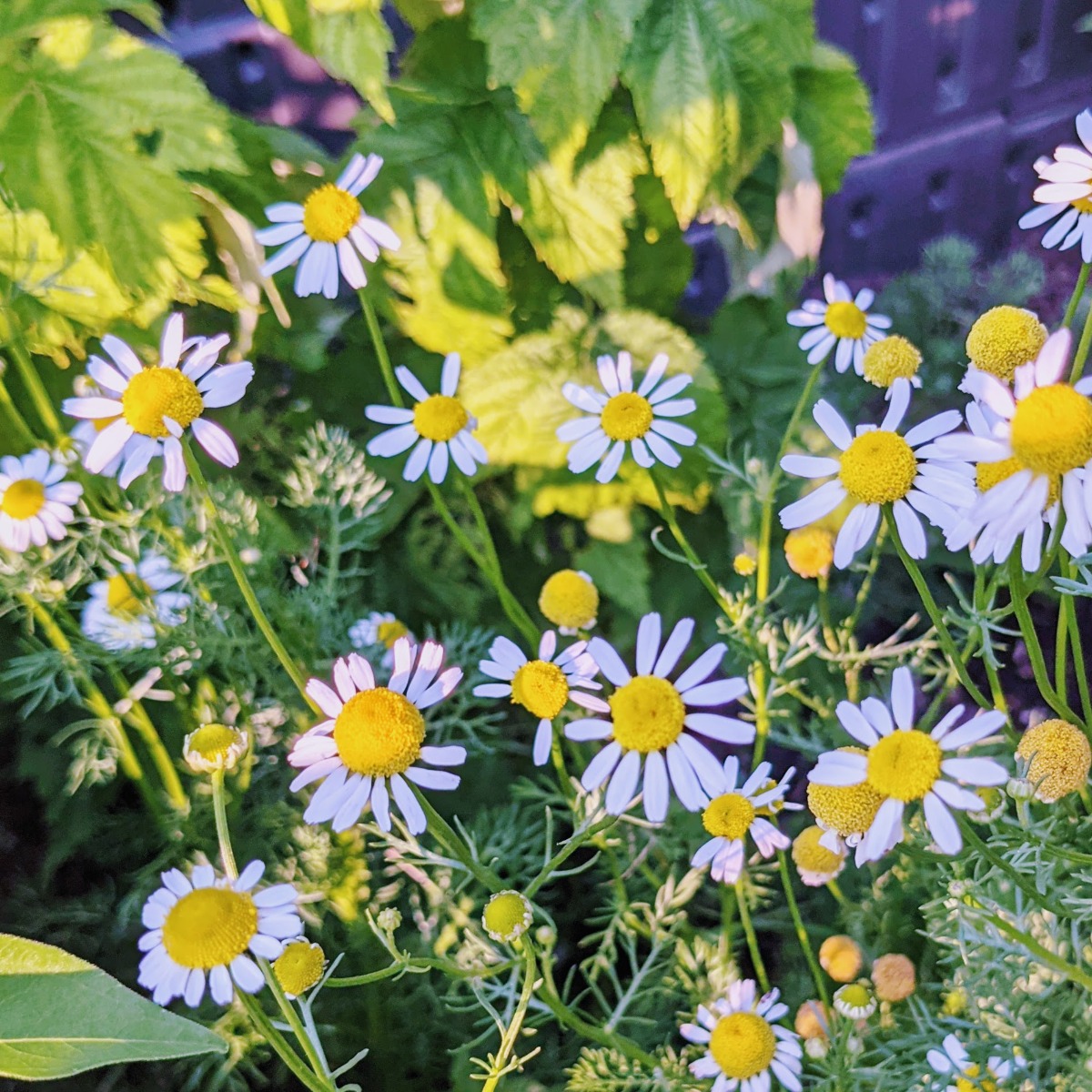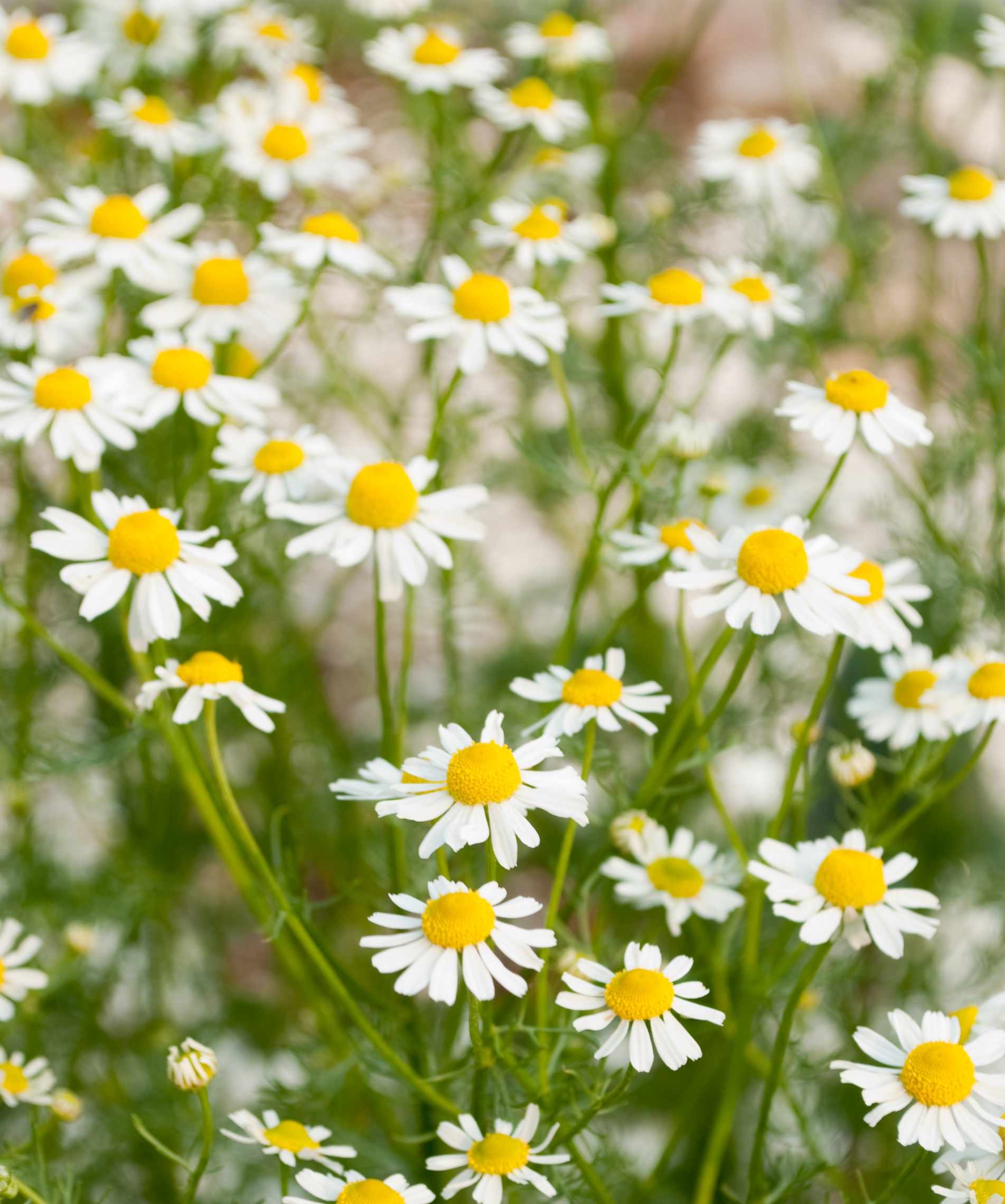German Chamomile: The Perfect Companion Plant For Your Garden
German Chamomile: The Perfect Companion Plant for Your Garden
Chamomile is a popular herb that is known for its calming properties. It is often used to make tea, but it can also be grown in the garden as a companion plant. German chamomile (Matricaria recutita) is the most common type of chamomile grown in gardens. It is a hardy plant that is easy to care for and can be grown in a variety of climates.
There are many benefits to planting German chamomile in your garden. First, it is a great way to attract pollinators such as bees and butterflies. These beneficial insects help to pollinate your other plants, which can lead to a better harvest. Chamomile also helps to repel pests such as aphids, cabbage moths, and mosquitoes. This can help to keep your plants healthy and free of damage.
In addition to its pest-repelling and pollinator-attracting properties, German chamomile also has some other benefits. It can help to improve the soil quality in your garden, and it can also be used to make a natural insecticide. Chamomile tea is also a popular remedy for anxiety and insomnia.
If you are looking for a versatile and beneficial plant to add to your garden, German chamomile is a great option. It is easy to care for, it has many benefits, and it can add a touch of beauty to your garden.
Here are some of the best companion plants for German chamomile:
- Tomatoes: Chamomile can help to protect tomatoes from pests and diseases. It can also improve the flavor of tomatoes.

- Squash: Chamomile can help to repel squash bugs and other pests. It can also improve the pollination of squash plants.

- Carrots: Chamomile can help to improve the growth and flavor of carrots. It can also help to repel carrot flies.

- Beans: Chamomile can help to improve the nitrogen content of the soil, which can benefit beans. It can also help to repel aphids and other pests.

- Cucumbers: Chamomile can help to improve the pollination of cucumbers and repel cucumber beetles.
Here are some plants that you should avoid planting near German chamomile:
- Fennel: Fennel can attract the same pests as chamomile, so it is best to avoid planting them together.

- Parsley: Parsley can attract the same pests as chamomile, so it is best to avoid planting them together.

- Potatoes: Chamomile can suppress the growth of potatoes, so it is best to avoid planting them together.

How to plant German chamomile:
- German chamomile prefers full sun but can tolerate partial shade.
- The soil should be well-drained and slightly alkaline.
- Sow the seeds directly in the garden in the spring after the last frost.
- Thin the seedlings to about 6 inches apart.
- Water regularly, especially during dry weather.
- German chamomile is a hardy plant and does not require much fertilizer.
- You can harvest the flowers when they are fully open.
- Chamomile flowers can be dried for use in tea or other recipes.
Conclusion
German chamomile is a versatile and beneficial plant that can be grown in many different climates. It is a great choice for companion planting, as it can help to protect other plants from pests and diseases. Chamomile is also easy to care for and does not require much maintenance. If you are looking for a beautiful and useful plant to add to your garden, German chamomile is a great option.
German chamomile is a beautiful and versatile herb that can be used for a variety of purposes, including tea, essential oil, and companion planting. When it comes to companion planting, German chamomile is a great choice for many different vegetables and flowers.
Some of the best companion plants for German chamomile include:
- Cucumbers: Chamomile and cucumbers are a classic companion plant pairing. Chamomile helps to repel pests that can damage cucumbers, such as aphids and spider mites. Gardenia Inspiration
- Garlic: The strong scent of garlic helps to deter pests from chamomile plants, while chamomile helps to improve the flavor of garlic.
- Beans: Chamomile and beans are both nitrogen-fixing plants, which means they help to enrich the soil for each other.
- Lettuce: Chamomile helps to repel aphids and other pests from lettuce plants.
- Onions: Chamomile and onions are both strong-scented plants that help to deter pests from each other.
If you're looking for more information about German chamomile companion plants, I recommend visiting Gardenia Inspiration. This website has a comprehensive list of companion plants for German chamomile, as well as information on how to plant and care for these plants.
FAQ of german chamomile companion plants
Q: What are the best companion plants for German chamomile?
A: German chamomile is a versatile plant that can be grown with a variety of other plants. Some of its best companions include:
- Cucumbers: Chamomile and cucumbers are a good pairing because they help each other to grow better. Chamomile helps to repel pests that can damage cucumbers, and cucumbers help to improve the drainage of the soil around chamomile plants.
- Tomatoes: Chamomile is also a good companion plant for tomatoes. It helps to repel pests such as aphids and whiteflies, and it also helps to improve the flavor of tomatoes.
- Brassicas: Chamomile can be planted with a variety of brassica vegetables, such as broccoli, cauliflower, and cabbage. It helps to repel pests that can damage brassicas, and it also helps to improve the growth of these plants.
- Basil: Chamomile and basil are both herbs that have a pleasant aroma. When planted together, they can help to attract beneficial insects, such as ladybugs and hoverflies, which can help to control pests in the garden.
- Roses: Chamomile can also be planted near roses. It helps to repel pests that can damage roses, and it also helps to improve the health of these plants.
Q: What plants should I avoid planting near German chamomile?
A: There are a few plants that you should avoid planting near German chamomile. These include:
- Carrot: Chamomile can attract carrot fly, which can damage carrot plants.
- Fennel: Chamomile can attract celery fly, which can damage fennel plants.
- Parsley: Chamomile can attract parsleyworm, which can damage parsley plants.
- Potato: Chamomile can attract potato beetle, which can damage potato plants.
- Sage: Chamomile can inhibit the growth of sage plants.
Q: How far apart should I plant German chamomile and its companion plants?
A: The spacing requirements for German chamomile and its companion plants will vary depending on the specific plants involved. However, as a general rule of thumb, you should space German chamomile plants about 12 inches apart and its companion plants about 18 inches apart.
Q: When should I plant German chamomile and its companion plants?
A: German chamomile and its companion plants can be planted in the spring or fall. However, it is important to note that chamomile plants do not like cold weather, so you should wait until the last frost has passed before planting them.
Q: How do I care for German chamomile and its companion plants?
A: German chamomile and its companion plants are relatively easy to care for. They need full sun and well-drained soil. You should water them regularly, especially during hot, dry weather. You may also need to fertilize them once or twice a year.
Image of german chamomile companion plants
Here are 5 different images of German chamomile companion plants from Pinterest:
- Basil: Basil is a good companion plant for chamomile because it helps to repel pests like aphids and mosquitoes. It also helps to improve the flavor of chamomile tea.

- Cucumbers: Chamomile can help to repel cucumber beetles, which are a common pest of cucumbers. It can also help to improve the flavor of cucumbers.

- Marigolds: Marigolds are another good companion plant for chamomile because they help to repel pests like nematodes, aphids, and whiteflies. They also help to improve the flavor of chamomile tea.

- Rosemary: Rosemary is a good companion plant for chamomile because it helps to repel cabbage moths and other pests. It also helps to improve the flavor of chamomile tea.

- Tomatoes: Chamomile can help to improve the flavor of tomatoes and protect them from pests like tomato hornworms. It can also help to prevent blossom end rot.


Post a Comment for "German Chamomile: The Perfect Companion Plant For Your Garden"